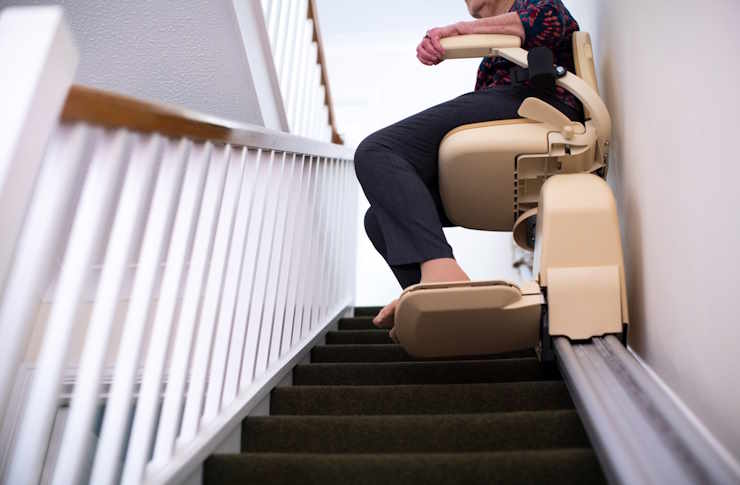Quick Installation Options for Home Mobility Solutions
Modern mobility solutions have transformed how people navigate multi-level homes, offering independence and safety for those with mobility challenges. These devices can be installed efficiently in most residential settings, providing immediate access to all areas of the home. Understanding installation processes, timeframes, and available options helps homeowners make informed decisions about improving accessibility in their living spaces.

How Quick Can Home Installation Be Completed?
Modern mobility devices designed for residential use typically feature streamlined installation processes that minimize disruption to daily routines. Professional installers can often complete the setup within a single day, with some portable models requiring only a few hours of work. The installation timeline depends on factors such as the complexity of the staircase, existing structural conditions, and the specific type of device selected.
Most installations involve securing mounting brackets to the staircase structure, connecting electrical components, and conducting safety tests. The process requires minimal modifications to existing staircases, preserving the home’s original architecture while adding essential accessibility features.
What Makes Portable Options Different?
Portable mobility solutions offer unique advantages for homeowners seeking flexibility and convenience. These devices can be moved between different staircases or temporarily removed when not needed, making them ideal for rental properties or homes where permanent modifications are not desired.
The installation process for portable units typically takes only a few hours because they require fewer structural modifications. Many models use clamping systems or temporary mounting brackets that secure the device without permanent alterations to the staircase. This approach allows for quick setup and removal while maintaining safety standards.
Which Household Installation Features Matter Most?
Easy-to-install options for household use prioritize user-friendly setup processes and minimal home modifications. Key features include pre-assembled components, standardized mounting systems, and clear installation guidelines that professional technicians can follow efficiently.
Modern devices often incorporate modular designs that adapt to various staircase configurations without extensive customization. This standardization reduces installation time and costs while ensuring reliable performance across different home environments.
| Product Type | Provider | Installation Time | Cost Estimation |
|---|---|---|---|
| Straight Rail System | Acorn Stairlifts | 2-4 hours | €2,500-€4,500 |
| Curved Rail System | Stannah | 4-8 hours | €8,000-€15,000 |
| Portable Unit | HUR | 1-3 hours | €1,800-€3,200 |
| Outdoor Model | Handicare | 3-6 hours | €4,000-€7,500 |
Prices, rates, or cost estimates mentioned in this article are based on the latest available information but may change over time. Independent research is advised before making financial decisions.
What Installation Preparation Is Required?
Proper preparation ensures smooth installation and optimal device performance. Homeowners should clear the staircase area of obstacles, ensure adequate electrical supply near the installation site, and verify that the staircase meets minimum width requirements.
Professional installers typically conduct pre-installation surveys to assess structural conditions, measure dimensions, and identify any potential challenges. This preparation phase helps prevent delays and ensures the selected device will function properly in the specific home environment.
How Do Safety Standards Affect Installation?
Safety regulations guide installation procedures to ensure reliable operation and user protection. Professional installers must follow manufacturer specifications, local building codes, and safety standards throughout the installation process.
Quality installations include comprehensive testing of all safety features, proper calibration of sensors and controls, and thorough user training. These steps are essential for safe operation and may extend installation time but are crucial for long-term reliability and user confidence.
Modern mobility solutions provide practical accessibility improvements for homes while maintaining installation efficiency and safety standards. Professional installation ensures proper setup and optimal performance, giving users confidence in their investment and improved quality of life through enhanced home accessibility.




